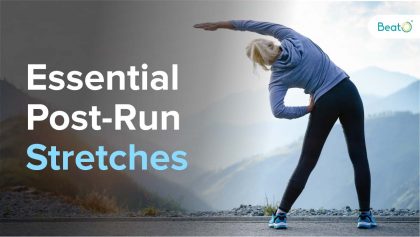You decided to run as a New Year’s resolution or something you took upon yourself as the first step towards fitness. Well, it’s great but don’t forget the post-running stretches. Be it for new runners or a seasoned one, post running stretches unlock opportunities including lowering the stiffness of the muscles. These stretches are known to reduce joint stiffness, maximize the range of motion of the intended muscles, and so on. This article captures the various post running stretches that can benefit you greatly in your fitness regime.

Why Do You Need Post Running Stretches?
But before diving into the ‘stretches’ section, let’s see why you need them in the first place.
Running for a few kilometres every day does have health benefits. However, stretching after a running session is equally important. Stretching helps reduce the chances of developing running-related injuries such as shin splints.
Also Read: Best Yoga Mudras For Weight Loss You Must Try Now
The range of motion put forth by the muscles may restrict them from achieving their full potential. However, as muscles are warm after a running session, stretching them allows an increasing range of motion that translates into improved performance.
Stretching muscles makes them less impactful enduring intensive activities in the future as well as makes you less susceptible to wear and tear and injuries. It also helps spike blood flow in the affected muscles which accelerates recovery. It also removes waste products that could otherwise cause muscle soreness, tenderness, swelling, decreased strength, etc. I am certain that post running stretches are necessary after intensive sessions.
5 Best Post Running Stretches
Let’s see some exercises you can do after enjoying your running session.
1. Hamstring Stretch
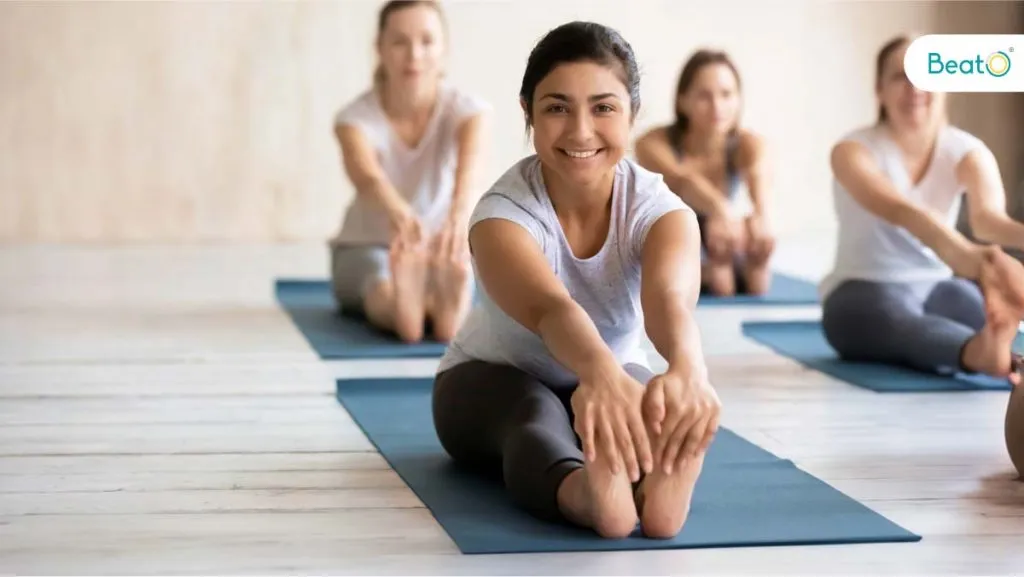
Often, tight hamstrings are the most common complaint by runners. There are a few reasons why it would happen including taking longer strides over-stretching the hamstrings. Here’s how you can do hamstring stretches to get that ounce of relief targeted at your hamstrings.
Step 1: Lay flat on your back in a relaxed position with the feet pointing upwards.
Step 2: Raise your right (or left) leg forming somewhat of a right angle between your leg and upper body. Use both of your hands to form a firm grip to stretch the hamstrings fully.
Step 3: Next, exhale as you try to pull your leg towards you until you feel a stretch in the back of the leg where the hamstrings lie.
Step 4: You can keep another finger bent to support the stretched leg.
Step 5: Finally, bring your raised leg down, change to the left (or right) one, and repeat the previous steps.
Also Read:The Ultimate Guide To Tricep Exercises
2. Standing Quadriceps Stretch
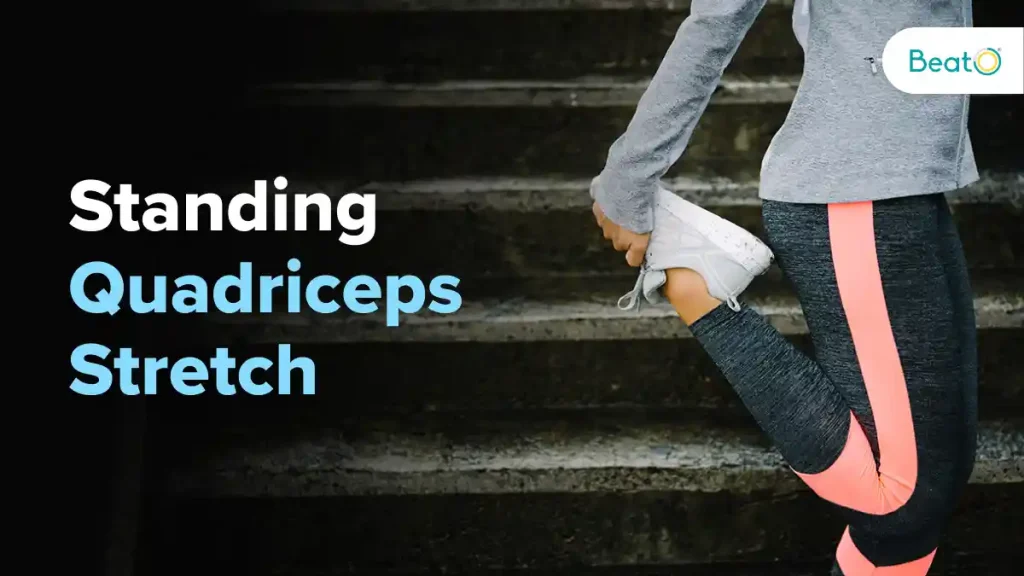
Quadriceps or front thighs play a vital role in a runner’s stride. It is a group of four muscles that fire up when you are running. You can feel how heavyweight they are when running uphill when the quads fire up. Here’s how you can do standing quadriceps stretches.
Step 1: Stand upright and ensure you aren’t leaning forward or backwards.
Step 2: Start by stretching one of your legs (we are taking the left for instance). Lift the foot behind you and use your hands to grab it behind your left hip as shown.
Step 3: Stretch it closer to your hip so that you can feel some stretch in the quad or front thigh region.
Step 4: Hold the position for 15 to 30 seconds.
Step 5: Repeat the same with another leg and ensure your knees are close to each other and the other left is straight and not bent.
3. Low Lunge Stretch
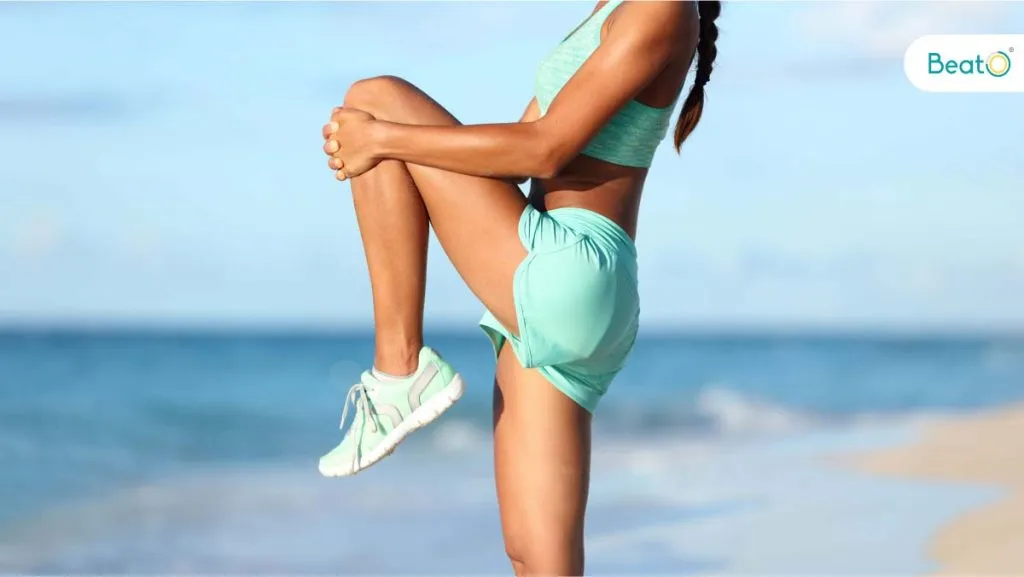
The next post running stretches are for hip flexor muscles. Low lunge stretch is great for these muscles as they do most of the lifting when you are running. Here’s how you can do it.
Step 1: First, step into a lunge position which is keeping one foot in the front forming a right angle at the knees, keeping the upper torso leaned forward and another leg should be stretched towards the back with knees straight (as in the pic).
Step 2: Keep both of your hands on the waist and try to exert pressure on the upper torso leaning forward until you feel the hip muscles are stretching.
Step 3: Hold the said position for 30-60 seconds.
Step 4: Release and switch sides.
Also Read: Mastering Leg Press Exercises: Proper Technique & Benefits
4. Downward-Facing Dog
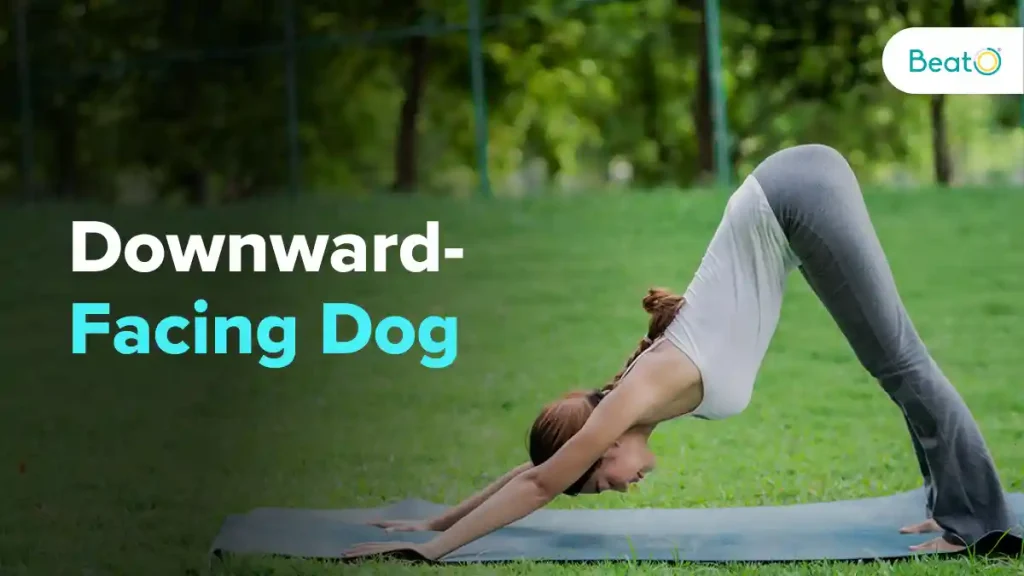
One of the most recognized poses in yoga, this exercise helps in stabilizing your joints. It can help runners stretch their lower back, calves, hamstrings, and feet alike to bring your body out of stress.
Here’s how you can do this exercise that benefits your running acumen.
Step 1: First, stand on all fours (hands & feet). Keep the hands shoulder-width apart and the feet should be hip-width apart.
Step 2: Next, inhale as much as you can while pushing your buttocks (glutes) in the air. Form an inverted V-shape with your body.
Step 3: Hold the position for a few seconds before releasing.
Step 4: Do a few more repetitions and you should be good to go.
5. Lower Back and Chest Stretch
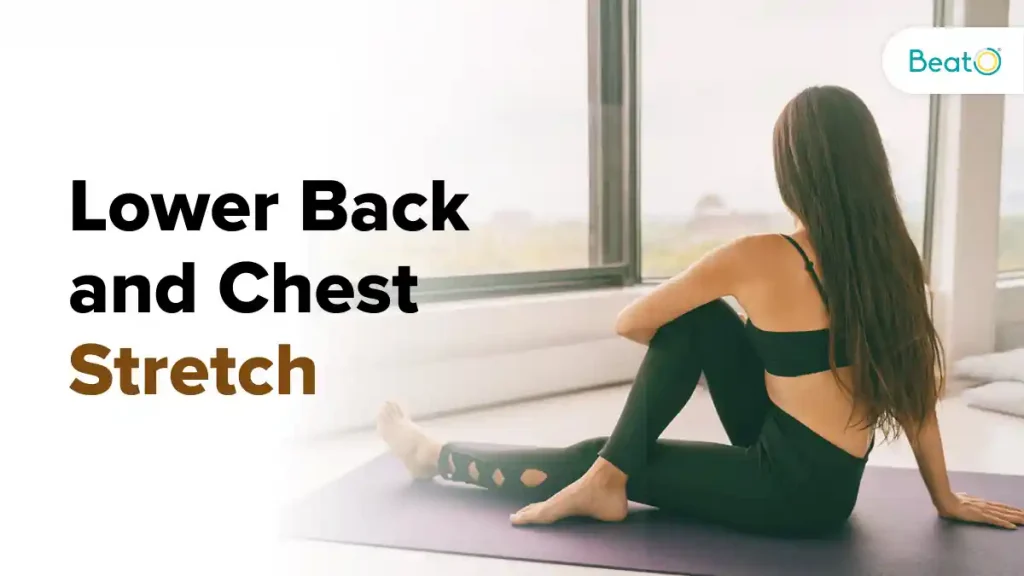
Certainly an easy and bit more relaxing is the lower back and chest stretch. Here’s how you can do it.
Step 1: Lie down on the floor.
Step 2: Stretch your arms sideways to stabilize the body for the rotational motion you would commence in the next step.
Step 3: Start by keeping both knees bent and close together.
Step 4: Now, roll the lower part of the body towards one side as you can see in the pic above.
Step 5: Hold the position until you feel stretches running around the lower back and upper part of the body.
Step 6: Switch to the other side and repeat.
Also Read:Elevate Your Daily Routine with These Facial Stretches
Conclusion
The above-mentioned key poses and post running stretches can be instrumental in providing the adequate support required when you are done with your running sessions. These exercises are made to stretch targeted muscles thereby enhancing their range of motion and flexibility that you should be on the lookout for if you are a runner or a beginner.
Also Read:10 Health Benefits of Walking Everyday
Disclaimer: The content of this article is compiled information from generic and public sources. It is in no way a substitute, suggestion, or advice for a qualified medical opinion. Always consult a specialist or your own doctor for more information. BeatoApp does not claim responsibility for this information.
Want to book an online health coach for your diabetes diet plan? BeatO has got your back, try out BeatO diabetes care program right now.

